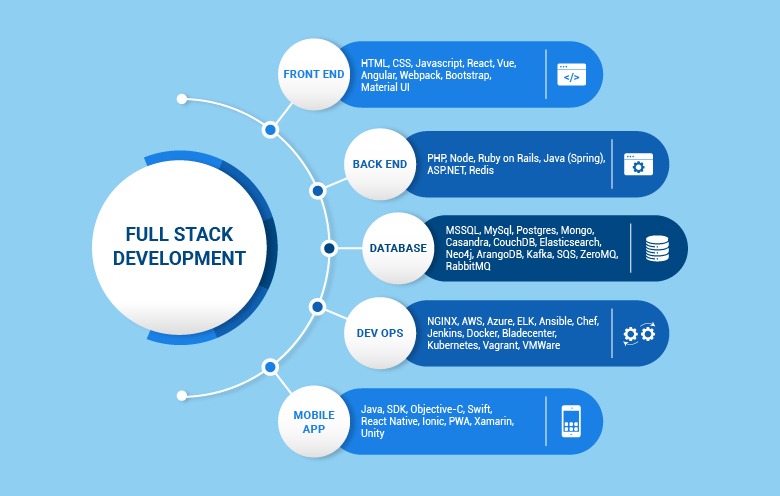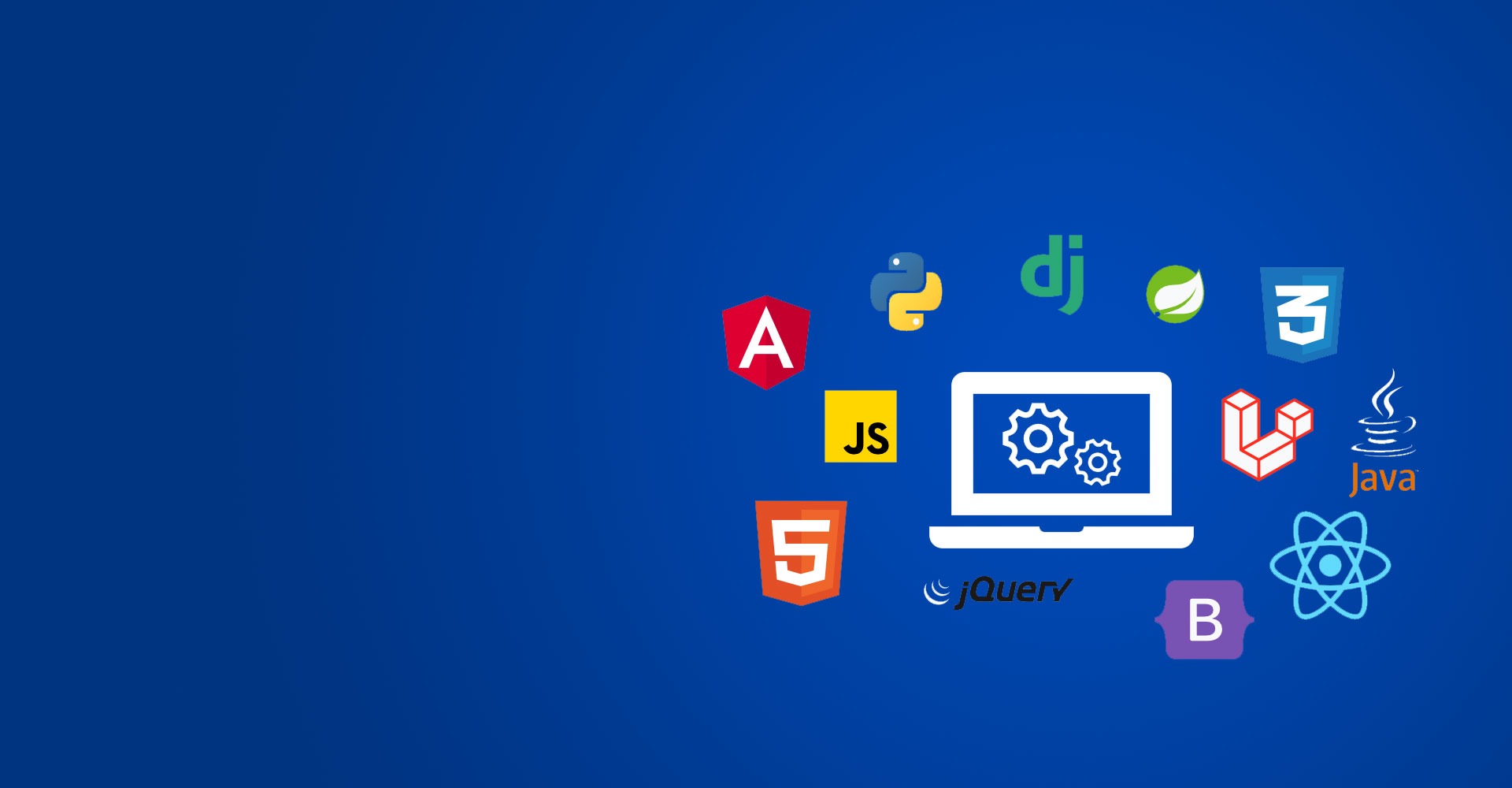Scaling Your Full Stack App: Industry Pros Advice

Introduction
In today’s digital & competitive age, a successful launch of a scalable application is vital, particularly for B2C businesses. The market is saturated with numerous apps, and customers have high expectations for seamless experiences. The majority of businesses encounter a lot of challenges during app releases, such as compatibility issues, low user adoption, performance problems, security vulnerabilities, limited app store visibility, and insufficient feedback management. A few examples of such applications are Google Wave, Tidal, Vine, etc. which failed to gain traction due to their complexity and lack of clear use cases, resulting in its discontinuation. While, even big players in the market like Netflix, Airbnb & Instagram faced a lot of challenges in the initial phase to scale the infrastructure for their growing user base, thus it is evident that scaling a full stack application development is crucial to future-proof the technology infrastructure and support long-term growth and user satisfaction even with increased traffic, and data.
This blog will discuss how to create a full-stack application and the challenges associated with scaling it. We will also look at lessons from full-stack experts and real-world case studies of successful scaling. Finally, we will discuss how to choose the right full-stack development company.
The primary question is, ‘What is a Full Stack Development Process?’ The full-stack development process typically involves designing, developing, testing, and deploying the application. The process starts with planning the application’s requirements and selecting the right technologies to implement them.
Creating a Full-Stack Application
Understanding how to create full-stack applications is crucial and needs careful planning and the right tools. Here are steps to create a full stack application:
- Define the Application Requirements: The very first step in creating a full-stack application is to define the requirements clearly. This involves understanding the problem and identifying the features you want to include in the application. It’s essential to create a clear and detailed specification document that outlines the functionality, user interface, and technology stack of the app.
- Choose the Technology Stack: Once you have defined the requirements, it’s time to choose the technology stack. The technology stack has programming languages, frameworks, libraries, and tools you will use to develop the application. The choice of tech stack will depend on the requirements and your team’s skills.
- Design the User Interface: The next step is to design the user interface. This involves creating wireframes, mock-ups, and prototypes that illustrate the application’s layout and functionality. The user interface should be prepared to be intuitive, user-friendly, and visually appealing.
- Develop the Front-end: The front is part of the application the user interacts with. It’s developed using HTML, CSS, and JavaScript. The front end should be designed to be responsive and adapt to different screen sizes and devices.
- Develop the Back-end: The back-end is part of the application that runs on the server and handles data storage, processing, and business logic. The back end is developed using programming languages like Python, Java, Ruby, or Node.js. The choice of programming language will depend on the application requirements and the technology stack.
- Integrate the Front-end and Back-end: Once the front-end and back-end are developed, they need to be integrated. It involves connecting the front end to the back end using APIs (Application Programming Interfaces). APIs allow the front end to communicate with the back end and exchange data.
- Test the Application: Testing is an essential part of the development process. It involves testing the application’s functionality, usability, and performance. Testing should be done at every stage of the development process to identify and fix issues early.
- Deploy the Application: Once the full-stack application development is tested and ready, it’s time to deploy it. Deploying the application involves making it available to users. This can be done using cloud services like AWS or Google Cloud.
Challenges of Scaling Full Stack Applications
Scaling a full-stack application presents both technical and non-technical challenges. Some of the common problems that might occur during scaling are server overload, database management, and traffic management. Technical challenges in full stack application development include database management, server optimization, and load balancing. Non-technical challenges include team coordination, communication, and project management.
Lessons from Full Stack Experts
Here are some best practices for scaling full-stack applications from industry experts:
Scaling a full-stack application requires careful planning and execution. Here are some best practices for scaling full-stack applications from industry experts:
- Use the Right Technologies: Choosing the right technologies is crucial for scaling a full-stack application. Front-end and back-end technologies should be carefully selected to ensure they can handle increased traffic and data load. It’s essential to choose technologies that are easy to scale and have a robust community for support.
- Use Cloud Services: Cloud services like Amazon Web Services (AWS) give scalable infrastructure and tools to manage and scale applications. By using cloud services, businesses can quickly scale their application up or down depending on their needs. Cloud services also offer easy integration with other tools and services, making it easier to manage applications.
- Load Balancing: Load balancing is a process of distributing incoming traffic across multiple servers to prevent overloading. Load balancing helps to maintain application performance and uptime by distributing traffic evenly. Load balancing can be done using hardware or software solutions.
- Auto-Scaling: Auto-scaling automatically increases or decreases server capacity based on application demand. The main benefit of auto-scaling is to manage traffic spikes and prevent server overload. Auto-scaling can be done using cloud services like AWS, which offers auto-scaling tools.
- Monitor Performance: Monitoring application performance is crucial for scaling. Monitoring allows the identification of bottlenecks and areas that need improvement. Businesses can use tools like APM (Application Performance Management) to monitor application performance and identify issues in real-time.
- Caching: Caching is storing frequently used data in memory to reduce the number of database calls. Caching helps in decreasing server load and improving application performance. Caching can be done using solutions like Redis or Memcached.
- Database Sharding: Database sharding is a process of dividing an extensive database into smaller, more manageable pieces called shards. Sharding helps to distribute the database load across multiple servers, improving application performance and scalability.
- Invest in Team Training: Investing in team training can help your team stay up-to-date with the latest technologies and best practices in full-stack application development. This can help you scale your application efficiently and effectively.
Case Studies: Scaling Full Stack Applications in the Real World
Here are some real-world case studies of successful scaling of full-stack applications:
Case Study 1: Airbnb
Airbnb is a popular online marketplace that connects travelers with hosts who rent out their homes or apartments. When Airbnb first launched, it was a simple website that connected a small number of hosts and guests. However, as the platform grew, it became clear that the original architecture was not scalable.
To address this, Airbnb adopted a microservices architecture, breaking down the application into smaller, independent services that could be scaled separately. This allowed Airbnb to scale its infrastructure quickly and handle the growing traffic on its platform. Airbnb also invested in automation and testing, enabling them to deploy new code quickly and safely.
Case Study 2: Instagram
Instagram is a social media platform that allows users to share photos and videos. When Instagram was first launched, it was a simple mobile app that allowed users to upload photos and apply filters. However, as the platform grew, Instagram needed to scale its infrastructure to handle the growing user base.
Considering this, Instagram adopted a sharding architecture, which involves dividing the database into smaller, more manageable pieces. This allowed Instagram to scale its infrastructure quickly and handle the growing traffic on its platform. Instagram also invested in caching and optimization techniques, enabling them to provide a seamless user experience.
Case Study 3: Netflix
Netflix is a popular video streaming platform that allows users to watch movies and TV shows on demand. When Netflix first launched, it was a DVD rental service. However, as the platform evolved, it became clear that the company needed to scale its infrastructure to handle the growing user base.
To solve this, Netflix adopted a cloud-based architecture, using Amazon Web Services (AWS) to handle its infrastructure needs. This allowed Netflix to scale its infrastructure quickly and address the growing traffic on its platform. In addition, Netflix also invested in optimization techniques, such as caching and adaptive streaming, to provide a seamless user experience.
Successfully scaling requires careful planning, the right tools, and a team of skilled developers. These case studies demonstrate how companies like Airbnb, Instagram, and Netflix have successfully scaled their full-stack applications to handle the growing traffic on their platforms, providing a seamless user experience.
Choosing the Right Full-Stack Development Company
Choosing the right full-stack development company in India is crucial to the success of your project. Here are some factors to consider when selecting a full-stack development company:
- Experience: Look for a company that is full stack experts. Check their portfolio and client reviews to see if they have experience developing applications similar to yours.
- Technology Expertise: Look for a company with expertise in the technologies you plan to use. Ensure they have experience in the front and back-end technologies you plan to use.
- Communication: Good communication is essential for successful project management. Look for a company that communicates well and keeps you updated on the project’s progress.
- Scalability: Look for a company that has experience in scaling applications. Ensure that they have experience in using cloud services and load balancing.
Conclusion
Scaling a full-stack application is a complex process that requires careful planning and the right tools. With in-depth knowledge of how to create a full-stack application, the process becomes streamlined. Choosing the right technologies, using cloud services, load balancing, and monitoring performance are some of the best practices for scaling a full-stack application. When selecting a full-stack development company, consider their experience, technology expertise, communication, and scalability.
BuzzyBrains is an experienced full-stack development company in India that can help you scale your application. At BuzzyBrains, we specialize in full-stack development, offering a wide range of services to help businesses build and scale their applications. Our team of experienced developers is skilled in using the latest technologies and tools to create high-performance, scalable applications that meet the needs of our clients.
Whether you need to build a new application from scratch or scale an existing one, our team of experts is here to help. From front-end development to back-end integration and testing, we provide end-to-end solutions that help businesses achieve their goals.
If you’re looking for a reliable partner to help you build and scale your full-stack application, look no further than BuzzyBrains.
